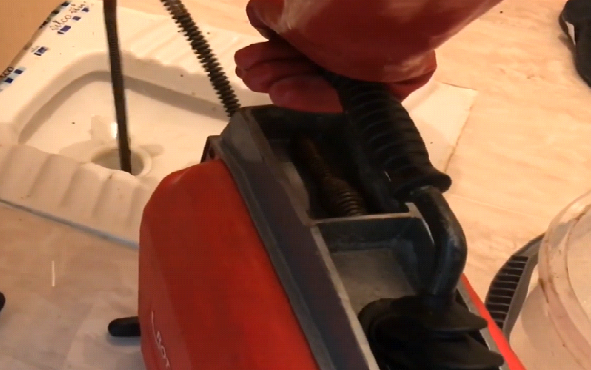Conference badges are more than just name tags. They help with networking, security, and event flow. They also reflect your event’s style and values. Today, many event planners are thinking about sustainability. That’s why the materials used in badges are changing. From plastic to paper, from lanyards to wooden tags—there are many options. In this blog, we’ll break down the most common badge materials and what makes them useful, stylish, and eco-friendly.
1. PVC Badges: The Classic Choice
PVC (polyvinyl chloride) is the most common material for conference badges. It’s strong, affordable, and prints well. That’s why it’s used in most large events. Some eco-friendly versions made from biodegradable plastic are now available too.
Why choose PVC?
It allows for bright, high-quality prints.
It’s cheap to make in large quantities.
It fits well with most lanyards and wristbands.
What to watch out for:
Regular PVC is not recyclable.
It adds to plastic waste.
Greener PVC options cost more but reduce harm to the planet.
2. Lanyards: An Essential Accessory
Lanyards are the straps that hold badges around the neck. They’re not part of the badge itself, but they matter a lot. Lanyards can be made from polyester, nylon, or eco-friendly fabrics.
Greener lanyard options:
Recycled polyester made from plastic bottles
Bamboo fiber
Organic cotton
Choosing sustainable lanyards is a smart move. Some brands even make them from used soda bottles. They go well with eco-friendly badges and help cut waste.
3. Wooden Badges: A Natural Option
Wooden badges are a stylish and green choice. They are best for small or eco-focused events. You can laser-print, engrave, or paint them with logos and names.
Why choose wooden badges?
They are 100% biodegradable.
They leave no plastic waste.
They have a handmade look that feels special.
Some are made from MDF (a wood-based material), which is cheaper and still eco-friendly.
You can even add a protective oil coating to make them water-resistant.
4. Cotton Cards: Soft and Reusable
Cotton cards are soft, organic, and kind to the environment. They are often used along with PVC badges to add a natural touch. These cards can be reused and recycled easily.
Benefits of cotton cards:
They’re gentle and fabric-like.
They can be printed with designs and colors.
If used with cotton lanyards, the whole set becomes fully biodegradable.
Many suppliers in India and globally now offer cotton-based badge solutions for greener events.
5. Wristbands: More Than Just Entry Passes
Wristbands are used for access control and quick identification. They’re often made from paper, cotton, or biodegradable plastic. They work well for large or multi-day events.
Why choose eco wristbands?
They’re easy to apply and manage.
Paper and cotton ones break down naturally.
Some can be reused or recycled after the event.
New tech like heat-based printing makes eco wristbands faster and safer to produce. This matches the rising trend of green event planning.
6. Recyclable and Digital Badge Options
Badges are not just physical anymore. New ideas are changing how they’re made and used. Many events now use on-site badge printing machines. These print only what’s needed; there’s no wastage.
New trends include:
Recyclable holders and pouches made from paper or reused plastic
ID cards made from fully recyclable materials like high-quality polyester
Digital badge systems are also growing. They’re great for virtual or hybrid events and remove the need for physical cards.
7. Eco-Friendly Plastics and Recycled Materials
Some companies still use plastic, but do it smarter. Instead of making new plastic, they reuse old materials. These recycled PVC badges look just like the regular ones—but they’re much better for the planet.
One example is using recycled inks and biodegradable materials to make stylish, strong badges with a lighter footprint. This way, you can still create a professional look while caring for the earth.
What’s Next for Conference Badges?
The future of conference name badges is heading toward sustainability and innovation. Here's what to expect:
Digital badges may replace printed ones at virtual or hybrid events.
Reusable materials like bamboo or cotton could become more popular.
AI-powered badge printing may let you create personalized cards in real time at the venue.
The goal is to make conference name badges that are both smart and sustainable.
Final Thoughts
Choosing the right material for your conference badge matters. PVC, lanyards, wooden tags, wristbands, and cotton cards all have their strengths. Traditional plastic badges are still common, but greener options are catching on fast.
As an event organizer, you want your badge to look good and match your brand. But you also want it to reflect your values, especially if you're going green. Whether it's a wooden tag for an eco-summit or a recycled PVC card for a tech event, the material you choose can make a big difference. If you’re looking for an on-site badging printing solution, then consider Dreamcast. Book your demo and learn more.








